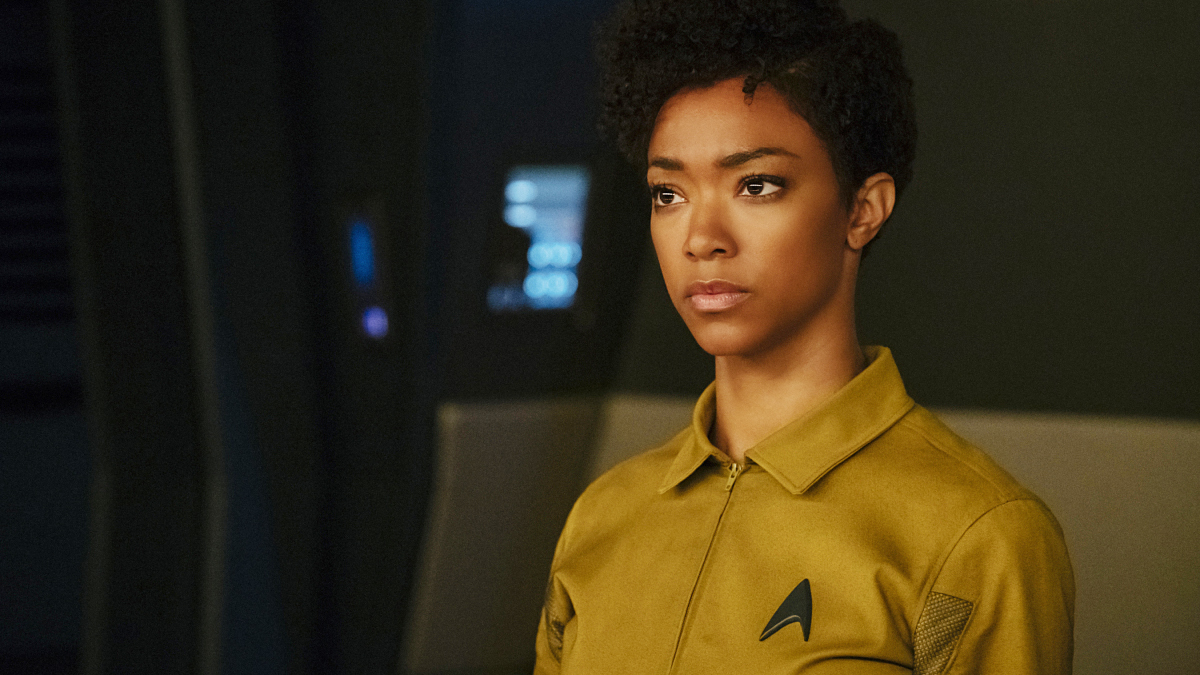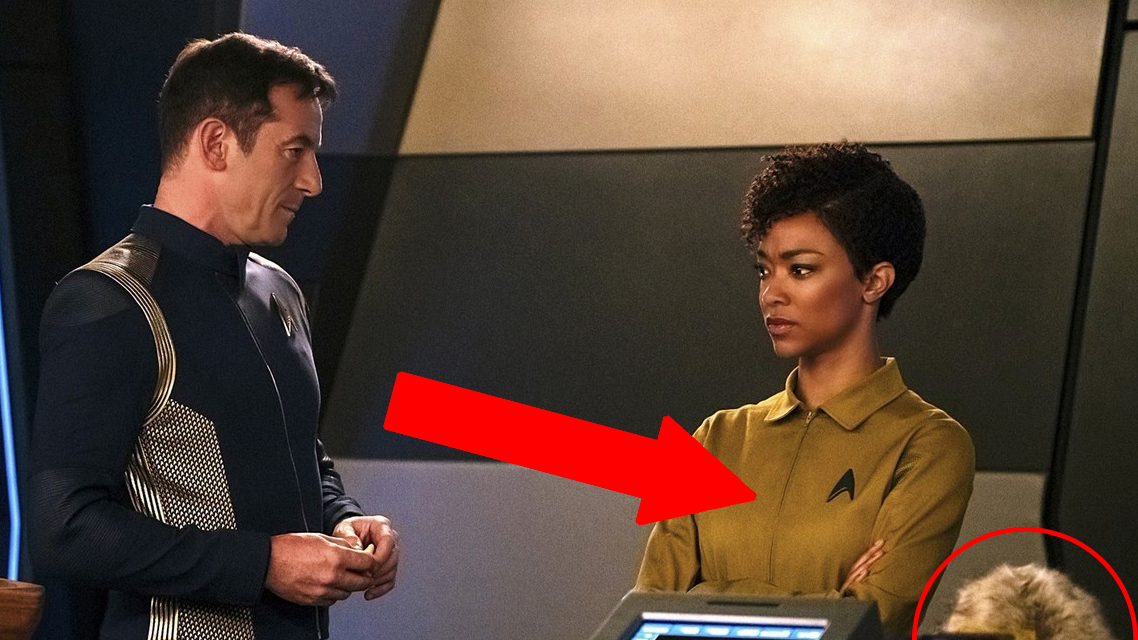How mushrooms fuel Star Trek Discovery's experimental transport technology
Star Trek Discovery laid the science on thick and fast in episode 3, Context is for Kings, and with all the tech jargon, giant monsters, and tense human exchanges between the crew, you’d be forgiven for missing a few things. Let me help you out - the important information you need to know is that the Discovery is trying to develop a new form of transport technology and it’s got something to do with spores... right?
Yeah… I’m a bit confused too, which is why I rewatched and rewatched and rewatched the episode to try and break down exactly how that “organic propulsion system” is supposed to work. And I think I’ve got it. Sort of. Maybe. You can watch the video above to see me break down the science complete with clips from the episode, but if you prefer to read, all the information is below as well. Oh, and it goes without saying that there’s spoilers both above and below so if you’re not up to date with Star Trek Discovery, go away now. Here’s how Star Trek Discovery's experimental transport technology works...
The “spores” that everyone keeps mentioning - those glowy things - are the key to the new transport technology Captain Lorca and his crew are working on. They’re called mycelium spores and are harvested from the fungal species prototaxites stellariation. Mycelium is the vegetative part of a fungus, made up of a network of fine white filaments, so they’re basically just mushroom spores. These are being grown and harvested aboard Discovery in the classified engineering lab which can only be entered with a breath scan.
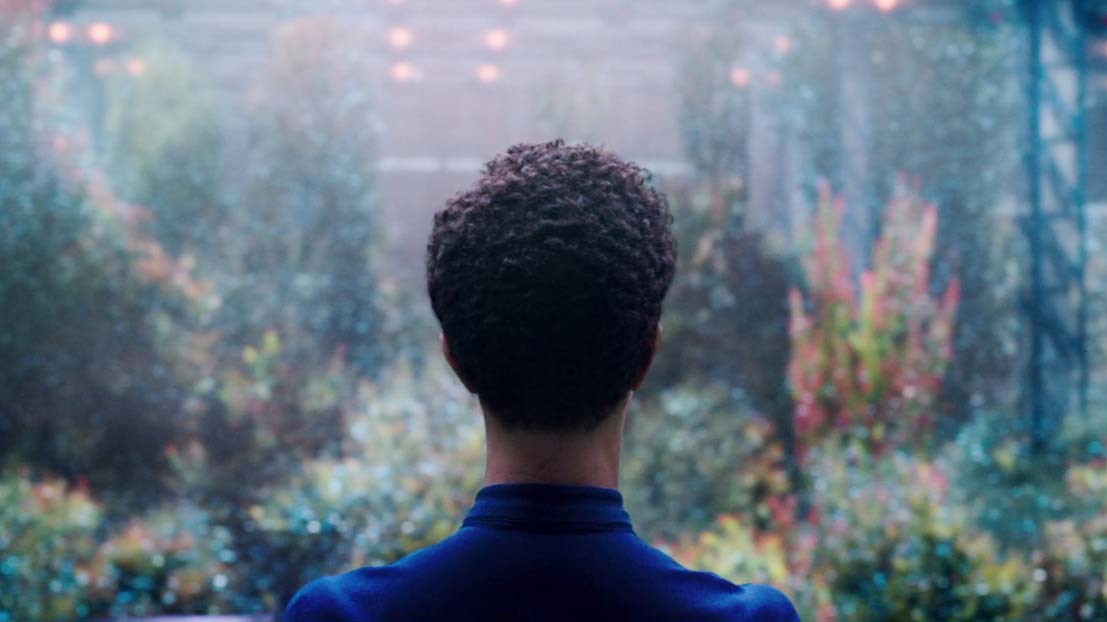
Lieutenant Paul Stamets is head of engineering on Discovery and its his research, originated with his colleague Straal, which led to the development of this new transport technology. As Stamets reveals in the episode, he and Straal were working together when war broke out and Starfleet co-oped their research and split them up into two different teams, on two different ships - the Discovery and the Glenn - to try and speed up their research.
So, how do these mushroom spores help ships travel light-years in mere seconds? When Lorca is explaining the transport system to Burnham at the end of the episode, he says: “Imagine a microscopic web that spans the entire cosmos. An intergalactic ecosystem. An infinite number of roads leading everywhere.” What he’s implying here is that there’s an interconnected mycelium web, only visible at the cellular level, across the entire universe and if you can tap into it in one place, you can use it to travel to another.
I know, I know, it all sounds a bit… unbelievable, but it’s actually inspired by real life mycologist Paul Stamets who believes that there are many currently untapped uses for fungi in our world (although maybe not space travel). Star Trek Discovery co-creator Bryan Fuller obviously thinks he’s onto something as he incorporated this idea into the show and named Anthony Rapp’s character after him.
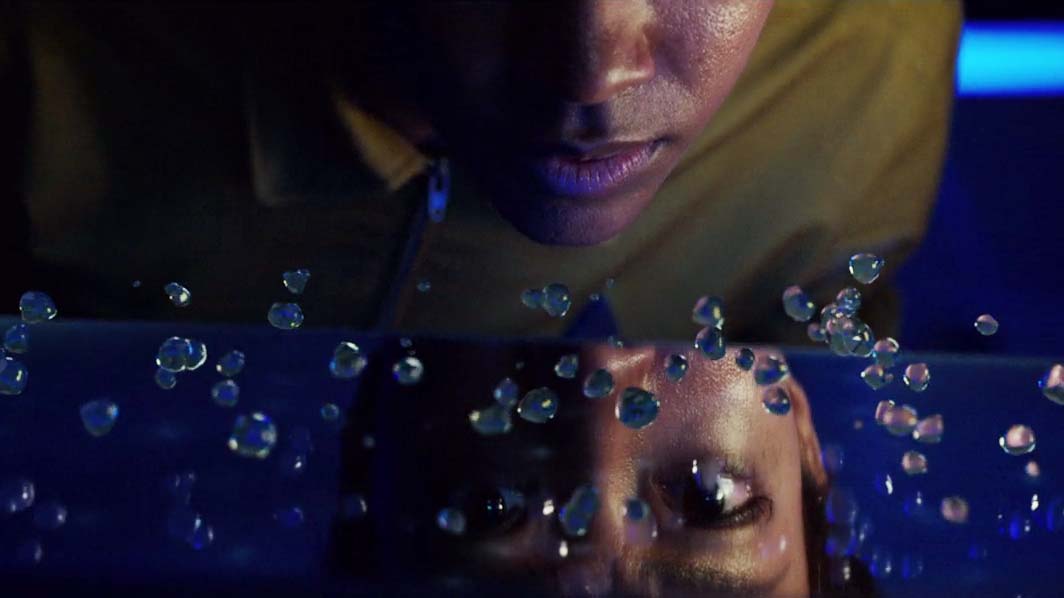
According to the real-life Stamets the largest organism on the planet is a mycelial mat 2,200 acres in size and 2000 years old in eastern Oregon, so it’s perhaps not so unbelievable to imagine one which spans space. When Lorca tells Burnham that she herself has “jumped across a mycelial network” - that’s when the Code Black was going off - he’s talking about the Discovery entering the mycelial web and travelling to another point within it and coming back out.
Weekly digests, tales from the communities you love, and more
During his TED talk Stamets explains that “mycelium infuses all landscapes… [and] holds up to 30,000 times its mass,” so if something similar existed across space it would be able to hold a spaceship. But how does it travel? Well, in nature, mycelium also transfers nutrients between plants so if we put our sci-fi hats on again, we can imagine this ship being transferred in a similar way. What allows the ship to travel (or be transferred) at such speed is still unclear but that might be a point for future episodes.
Although Discovery has only managed to jump hundreds of kilometres within the network so far, the USS Glenn was travelling over 90 light-years away in 1.3 seconds… before it crashed that is. So, what were they doing differently? Well, obviously the show isn’t keen on giving everything away in this episode as it’s no doubt going to be a season-long plot point, but there are some clues.
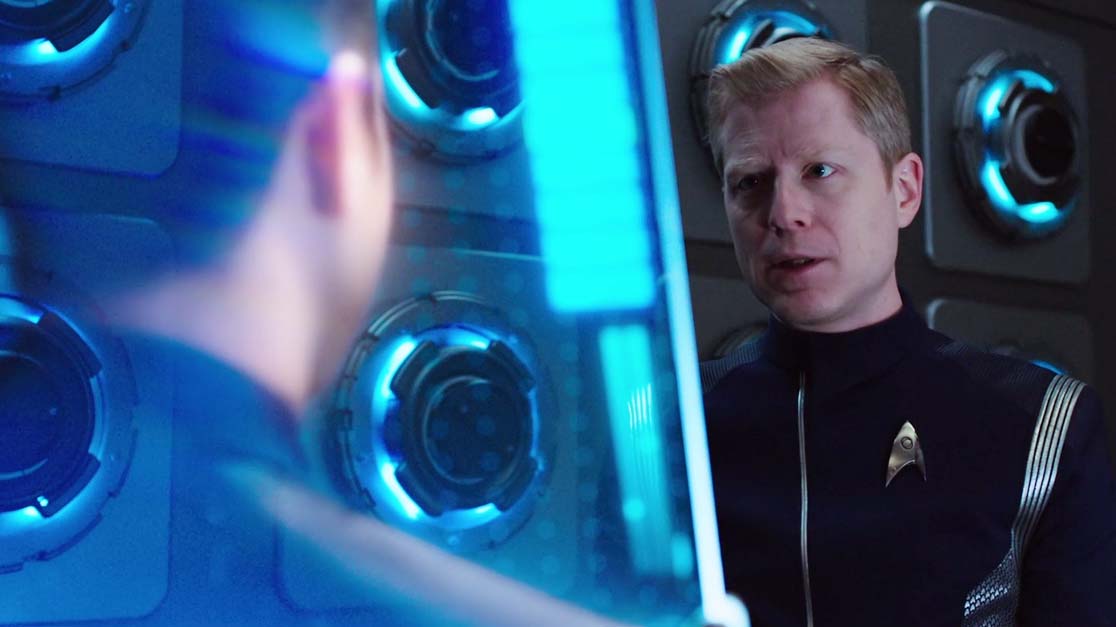
The first comes when Stamets is talking to his counterpart Straal on the Glenn. Straal talks about a recent breakthrough which has allowed his ship to travel much further than the Discovery and when Stamets quizzes him about it he says there are “unexpected benefits to not growing your own”. He’s surely talking about the spores here and seems to be implying that if you can harvest them from naturally occurring locations rather than growing them in a lab then it helps the transport process in some way. Are they perhaps more potent when harvested naturally?
That’s not the only difference between the two ships’ processes though. When Stamets and his crew hear about the tragedy which has befallen the Glenn it’s revealed that the room which holds the equipment they need is shielded. Stamets is surprised by this, implying that it’s not a normal part of the procedure. Finally, when the boarding party is gathering up everything they need from the Glenn, Cadet Tilly reveals that there’s been a “navigational hack” on their system and that there’s also a device in the reaction cube - both of which make no sense to the Discovery team.
This could be the reason that the Glenn team’s tests were so much more successful than Discovery’s, but they could equally be the reason it was ultimately a disaster. Don’t forget, when the boarding team first see the Glenn from the outside, Stamets says that the etchings on the hull are evidence of “catastrophic basidiosac rupture” which is basically just a scientific way of saying something went wrong with the spores.

When they board the Glenn we see that the crew are dead and their bodies are all twisted up - is this because of the massive displacement caused by trying to hit Speirein 900? (In case you were wondering, Speirein is a made up Star Trek Discovery measurement related to the rate at which the spores bloom.) Whatever the cause, it’s clear we, and the crew of the Discovery, don’t have all the answers just yet. But the fact that this form of transport doesn’t appear in any other Trek series set after Discovery suggests that it’s either doomed to fail or so dangerous that Starfleet has to ban it. This might explain why showrunner Aaron Harberts warned fans that the series might look like it was “violating canon", but that it would all be explained in the end. Either way, it doesn’t look good for the Discovery.

Lauren O'Callaghan is the former Entertainment Editor of GamesRadar+. You'd typically find Lauren writing features and reviews about the latest and greatest in pop culture and entertainment, and assisting the teams at Total Film and SFX to bring their excellent content onto GamesRadar+. Lauren is now the digital marketing manager at the National Trust.
